This is the Mediterranean's best-kept secret
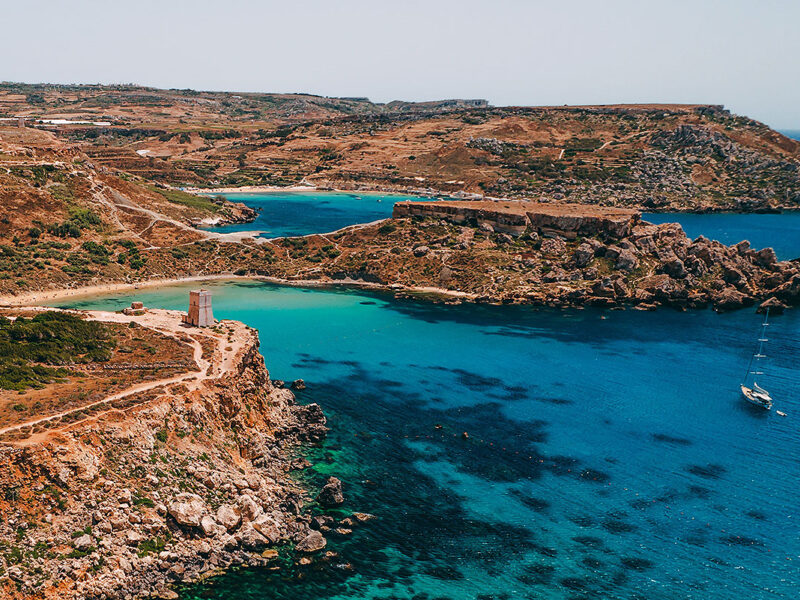
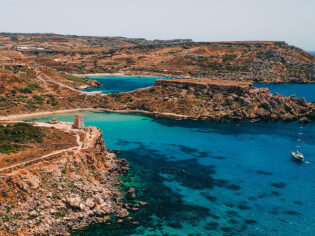
Għajn Tuffieħa Bay, on the northwest coast of Malta.
| THIS ARTICLE WAS CREATED IN PARTNERSHIP WITH Visit Malta |
A cultural crossroads for millennia, it’s Malta’s time to shine
Welcome to the Maltese Islands. Like three sisters in the same family, the islands of this archipelago are cut from the same cloth but wildly different: Malta (the bold big one), Gozo (the greener, quieter one), and Comino (the shy, stunning one).
And you better believe they’ve been fought over. Civilisations have squabbled on this island for millennia. Even the language speaks volumes. Maltese is one of the oldest living Semitic languages in the world – a blend of Arabic, Sicilian, French and English that sounds like its complicated history looks.
So why go now? Because Malta is where glowing snorkel spots rub shoulders with Baroque cathedrals. Where cliff-diving locals party at festas lit with fireworks. Where meals start with pastizzi and end with Michelin stars.
Sure, Malta is having a moment. The real secret? It’s been happening for thousands of years.
When to visit
In Malta, it’s practically always ‘suns out, guns out’ weather. With more than 300 days of sunshine a year, you’d be hard-pressed to find a bad time to go. But while Australians tend to chase the Euro-summer, Malta makes a strong case for shoulder-season travel. Go in spring and autumn for cheaper flights, fewer crowds, and still plenty of warmth to go around.

Għajn Tuffieħa Bay, on the northwest coast of Malta.
Culture
Malta’s story stretches over 7,000 years, meaning a cultural legacy that reads like a roll call of empires. We’re talking about all the heavy hitters: Phoenicians, Greeks, Romans, Arabs, Normans, French, and the British. All have called Malta home sometime over the millennia. The result? A delectable blend of Mediterranean, Middle Eastern and European influences that have smooshed together.
Start your history trail with the Megalithic temples – all seven of them, if you have stamina. They’ve got the pyramids and Stonehenge both beat for age and are among the oldest freestanding structures in the world. Go deep into the past, down to the ochre-painted walls and burial chambers of the Hal Saflieni Hypogeum, representing the Neolithic Age. Underwater, you’ve got the Phoenician seafarers, with their shipwrecks off Gozo. The legacy of the Order of St John still looms in the island’s limestone fortifications. And the red phone booths and a love of tea? That’s the Brits, obvs.
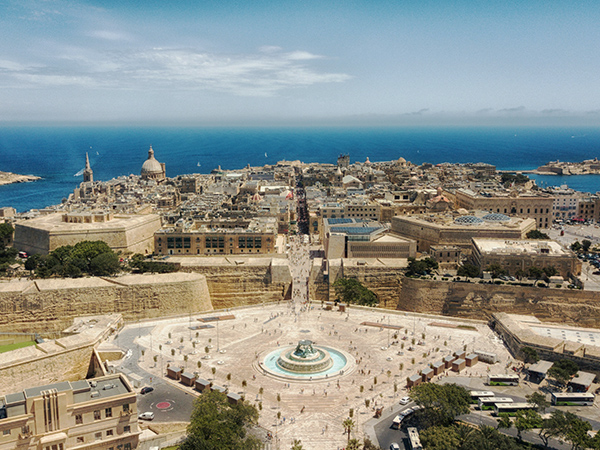
See Malta’s culture carved into every corner. (Image: Joseph Buhagiar)
Art hub
If Malta’s culture is a unique blend, its arts and festival scene is just as original. The headline act? A masterpiece by Baroque bad boy Caravaggio. ‘The Beheading of St John the Baptist’ (1608) is the only work he ever signed, and takes pride of place in Valletta’s equally dramatic St John’s Co-Cathedral. It’s theatrical, moody … and very Caravaggio.
Fast-forward a few centuries and Malta’s creative energy is still going strong. Take the traditional festa. This religious festival still manages to be a riotous five-day affair of fireworks, food and marching bands that light up the towns each summer. Lent might be around the corner, but you wouldn’t know it during Carneval, whose annual festivities see floats and flamboyance take over the streets. Come autumn, Valletta’s Notte Bianca rewards shoulder-season travellers by transforming the place into an open-air gallery.
Did you miss festival season? Dry your tears. All you need to do is wander the streets for the art. You’ll spot the peacock-bright luzzu boats, their bows marked with the Eye of Horus for luck and protection (the Phoenicians are supposed to have started that). Peek at latticed muxrabija windows – a nod to Malta’s Arabic influence – and the fine bizzilla ‘Malta’ lace draped in shops.
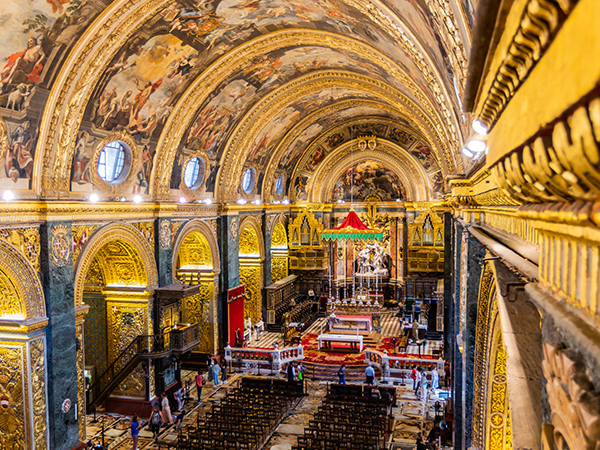
Walk into a masterpiece at St John’s Co-Cathedral. (Image: Getty/Florentino Arias Gonzales)
Gastronomy
Unsurprisingly for a Med destination, seafood rules Malta’s plates. Think squid stuffed with ricotta, olives and herbs; grilled swordfish (pixxispad mixwi) marinated to smoky perfection; and aljotta, a garlicky fish soup simmered with tomatoes, fried onions, rice, mint and bay leaves. But the national dish? That’ll be stuffat tal-fenek – a rustic rabbit stew, slow-cooked in red wine, tomato and bay leaf until meltingly tender.
Inland, small farms grow tomatoes sweet as jam, sun-ripened peaches ready to burst, blood oranges, olives and wild capers. The honey here has been prized as far back as the ancient world – in fact, the name ‘Malta’ is supposed to have come from the ancient Greek for ‘honey’. Once made in clay jars beneath carob trees, the process has been modernised. But the sweet, sticky result is still loved for its wild thyme and seasonal blossom-flavoured nectar.
No trip to Malta is complete without ftira. This traditional, UNESCO-listed ring-shaped sourdough bread is typically filled with tuna, tomato, olives and capers, and costs around €5. Prepare to also be tempted by the not-so-traditional versions, like those smothered by Nutella and strawberries. Then there’s pastizzi. Golden, greasy, flaky parcels are often stuffed with ricotta or mushy peas (the Pom fingerprints are all over the latter) for around €1.
At the other end of the price scale, Malta’s seven Michelin-starred restaurants offer fine dining that’s just as rooted in local flavour. Whatever you’ve got, pair it with wine made from native Girgentina or Gellewza grapes.
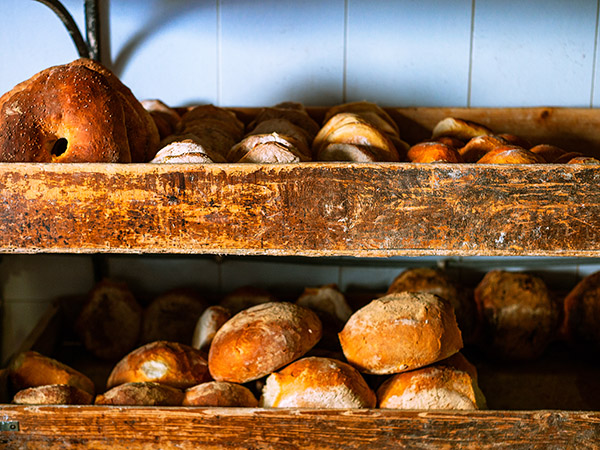
Taste tradition with Malta’s UNESCO-listed ftira.
Nature
Malta’s leading lady is the sea. You can crisscross Valletta’s harbour by dgħajsa boat, sail past uninhabited islands and hidden grottoes, hike down to uncrowded beaches, or snorkel reefs where visibility stretches forever.
You’ve likely seen those photos of the Blue Lagoon on Comino, all luminous turquoise and white sand. But so have many others, and locals don’t want it loved to death. To protect it, a booking system is now in place to limit numbers. But don’t worry – in terms of wild swim fixes, Malta seriously over-delivers.
Start with Ramla Bay. One of the island’s most recognisable beaches is a vision of red-gold sand and clear waters. Calypso’s Cave, overlooking the bay, claims a starring spot in the most famous Greek myths: the Odyssey. The stories claim it is here that the love-lorn nymph, Calypso, held the hero Odysseus for seven years. Less tragic and more postcard is Wied il-Għasri. Lined with limestone walls, this sliver of a sea gorge is perfect for a dip or a dive when the waters are calm.
For something still marinating in history (literally), head to the Marsalforn Salt Pans – still in use after 350 years. The best time is sunset, when the grid of pools reflects the sky in sheets of pink and silver. But there’s serious competition from Dingli Cliffs. The island’s highest point is reached by a trail that winds past the tiny Chapel of St Mary Magdalene and through beds of wild herbs. Stand at the island’s highest point, looking west, as the sun sinks on another day in Malta’s 7,000-year run.
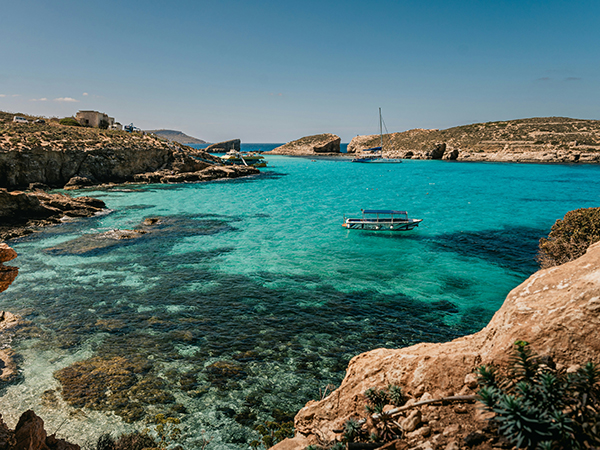
Bask in Malta’s stunning blue seas. (Image: Emmanuel Cassar)
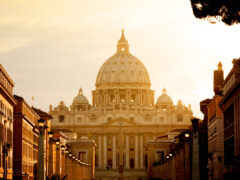
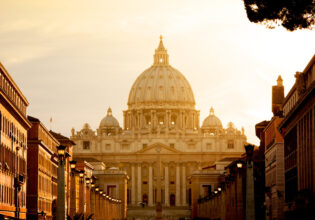
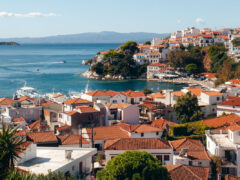
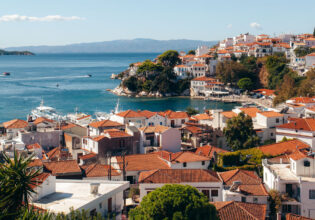
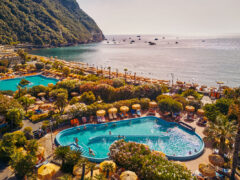
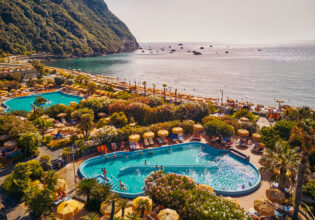


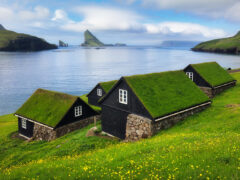
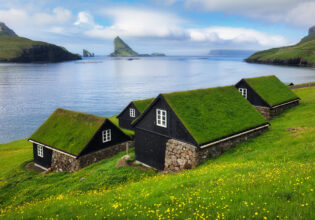
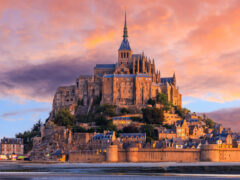
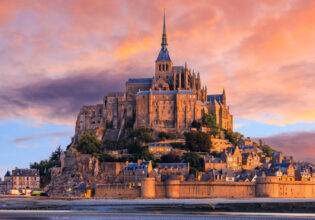


Exciting
Malta is my birthplace, I live in Australia and I have found it in my later years but just love it and have visited 7 times and ready to go again in 2026.